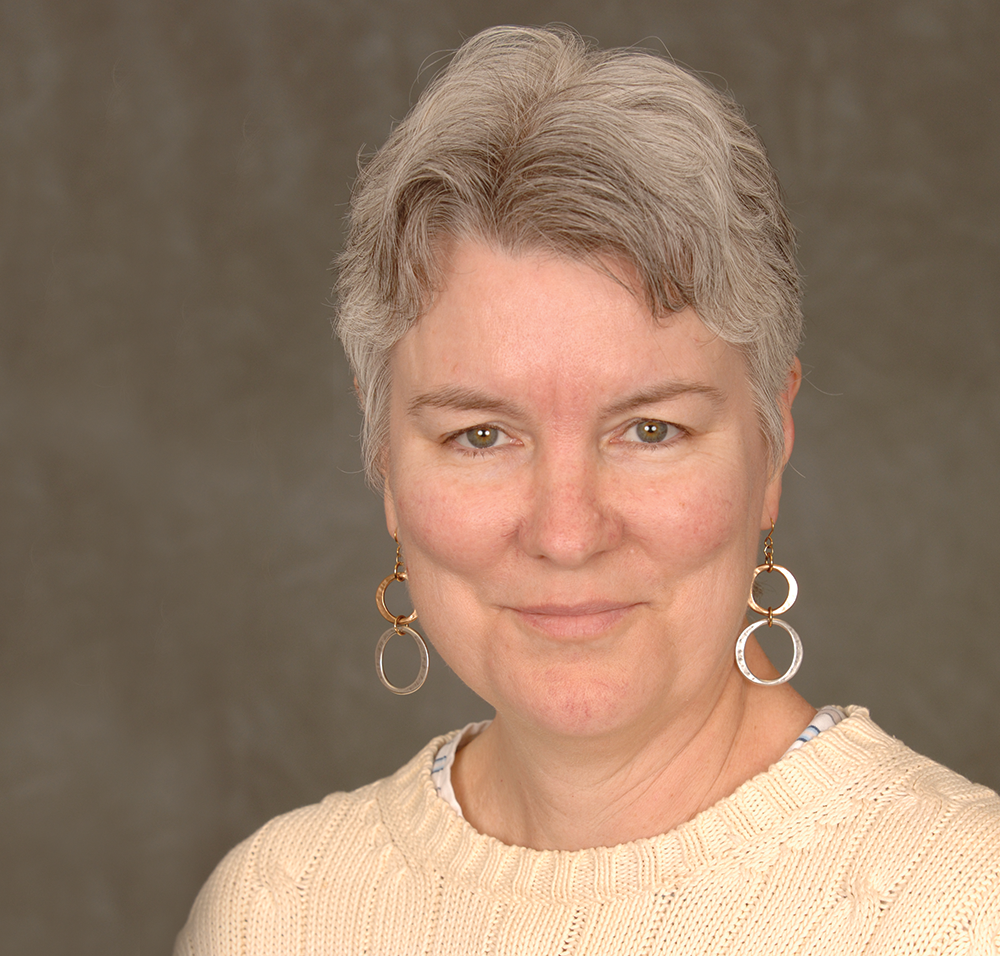
Susette Mueller led the Lombardi Comprehensive Cancer Center study that identified gene predictors of breast cancer survival rates.
Researchers at the Georgetown Lombardi Comprehensive Cancer Center have identified an assembly of 55 genes, related with low levels or impairment of a certain protein, which could predict poorer prognoses and survival rates for patients with breast cancer.
The study report, “SYK Allelic Loss and the Role of Syk-Regulated Genes in Breast Cancer Survival,” published Feb. 11 in the scientific journal PLOS ONE, detailed the link between the levels of a potent tumor suppressor, SYK tyrosine kinase, and alterations in the 55-gene set as indicative of tumor progression. Researchers found that lower levels of SYK in conjunction with gene alternations tended toward a more invasive tumor and a worse prognosis for the patient.
Senior investigator for the study and professor of oncology emeritus at Georgetown Lombardi Comprehensive Cancer Center Susette Mueller began studying SYK levels and gene mutations back in 2000.
“The study can be broken into two parts,” Mueller said. “The first part was when we got the tissues at Georgetown, and we wanted to find out that, if SYK is lost from the gene … if that would affect the outcome of the cancer.”
Director of the Cytogenetics Shared Resource of the Lombardi Comprehensive Cancer Center and most recent study report author Jan Blancato (GRD ’87) and Mueller examined 24 samples of tissue from the “Human Tissue Bank,” available to researchers at the Center.
These samples included 19 tissue samples with ductal carcinoma in situ (DCIS), a cancer that shows no sign of invasiveness, 11 of which also contained invasive ductal carcinoma (IDC) that had developed in nearby cells.
Evidence from the study displayed that the tissues with DCIS, but without IDC presence, contained the same level of SYK as normal, benign tissue. However, of the 11 samples that had dual DCIS and IDC present, five of those demonstrated a highly suppressed level of the SYK gene in the DCIS tissue and more invasive tumor cells nearby.
Mueller and Blancato continued SYK cell studies, identifying specific genes that interacted with SYK to give rise to the progression of tumors. In 2009, the two conducted an experiment that would allow them to observe any changes in the cell after its SYK gene was removed.
“We did a study where we had done an experiment that knocked out the SYK gene, and we wanted to see what happens in the cell,” Mueller said. “What we saw was that [normal cells] turned into very malignant cells that looked like cancer.”
Recently, Mueller analyzed a broader sample of 696 cases of IDC using the National Institute of Health’s Cancer Genome Atlas, a comprehensive archive of cancer data sets for scientific analysis.
“I picked out 51 genes from the 2009 study set that … are related to metastasis genes because, after all, it’s metastasis that kills you,” Mueller said. “Together with three other genes that were already known to interact with SYK in another way, the total group including SYK is called the 55-gene set.”
Of the 696 cases of IDC, Mueller found that 205 had SYK gene loss. Paired with patient outcomes, the study showed that IDC tumors with decreased or absent SYK levels and gene alternations in the other 54 genes held a predictive quality for the survival rate of the patient.
“The estimate for IDC cases is that about 80 percent will survive if no changes occur in mutations or gene copy number of the 55 genes. About 20 percent will not survive if there is any change in the 55-gene set,” Mueller wrote in an email.
Blancato said that, while the results of this research detailed a causative relationship between SYK and cancer survival rate, the implementation of this study in common practice will require further development.
“This isn’t a test that cancer patients can get, and you’d have to validate a test system. So the next trial step might be to look at patient samples and find the best measure for [the SYK-related 55 gene set],” Blancato said.
Mueller echoed Blancato’s assessment, pointing toward the need for more acute gene specification and concrete statistics before developing a clinical test.
“If you could sequence a cancer patient’s DNA from their tumor and ask if any of the 55 genes have changed, then you might belong to the group where 80 percent of the patients survive or where 20 percent of the patients survive,” Mueller said. “This helps with deciding to get further treatment … but we’d like to have a better predictor of 100 percent will survive if you test ‘x’ on this particular test. There is a lot more research to be done.”
While noting that there should be more research into this topic, Jeffrey Weitzel, chief of clinical cancer genetics at the City of Hope Comprehensive Cancer Center in Duarte, Calif., praised the study’s discovery.
“This discovery may help us understand why some DCIS never changes and others transition into invasive cancers,” Weitzel said to HealthDay.




















